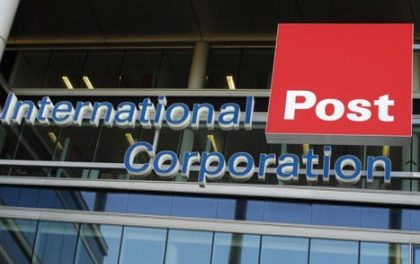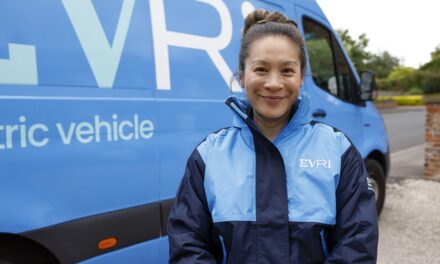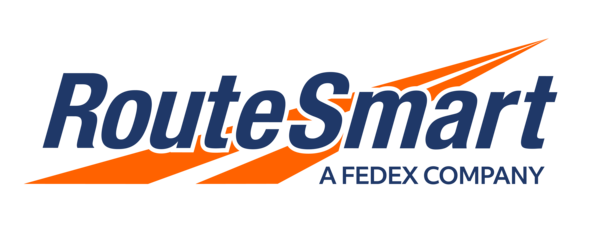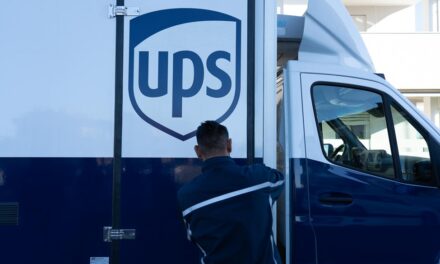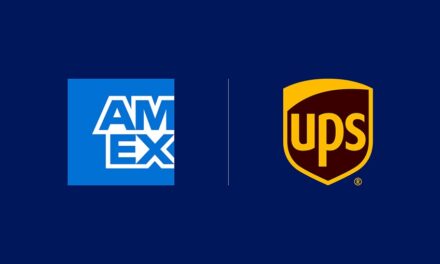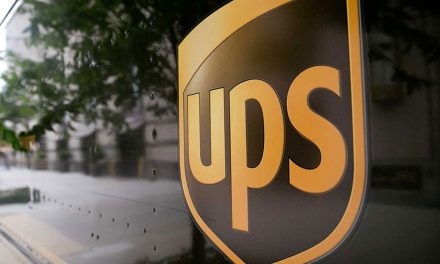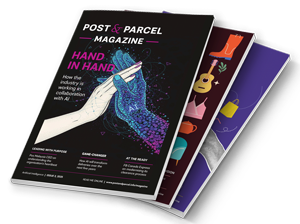
UPS to increase air freight capacity
Package delivery company United Parcel Service Inc. expects to increase its air freight capacity and save millions of dollars in fuel costs, with new cockpit technology that makes pilots more aware of a plane’s surroundings, a UPS executive said.
The system called SafeRoute, developed by ACSS, a joint venture between defense companies L-3 Communications Holdings Inc. of the U.S. and Thales SA of France, allows pilots to cruise in to the landing strip reducing fuel burn, noise, and noxious emissions as well as increasing the frequency of arrivals.
“It’s amazing what we’re going to be able to do with that,” Karen Lee, director of operations at UPS airlines, told Reuters in an interview this week.
The system gives pilots access to data created by a new generation of transponders that provide a continuous feed of information about an aircraft’s position. Current transponders, by contrast, provide that information only when it’s requested.
By bringing that information into the cockpit, pilots can maintain safe and regular distances to other aircraft on the ground or in the air. This can help air traffic control tighten the space between arriving planes, because pilots can more reliably maintain that distance than with current systems.
UPS, the world’s largest package delivery company, expects to be able to save initially USD3 million to USD4 million a year in fuel costs, by reducing unnecessary miles flown on landing approaches.
The company also expects to increase arrivals at its key Louisville hub, which is undergoing a USD1 billion expansion, to up to 57 landings an hour, about 10 more than currently, Lee said.
“We get pickup capacity at the airport, which we absolutely have to have,” said Lee. “We need to be able to land and park enough aircraft to feed that hub with enough packages to justify (the expansion).”
UPS, which worked with ACSS on SafeRoute’s development, is readying its fleet of Boeing planes for the system and expects to begin implementing on a full-scale in August, after SafeRoute is certified by the Federal Aviation Administration, she said.
Cole Hedden, vice president of business development for ACSS, said he expects FAA to approve SafeRoute next summer. He said it will be the first such system to reach the market.
UPS expects the initial introduction of the system to take three to five years.

